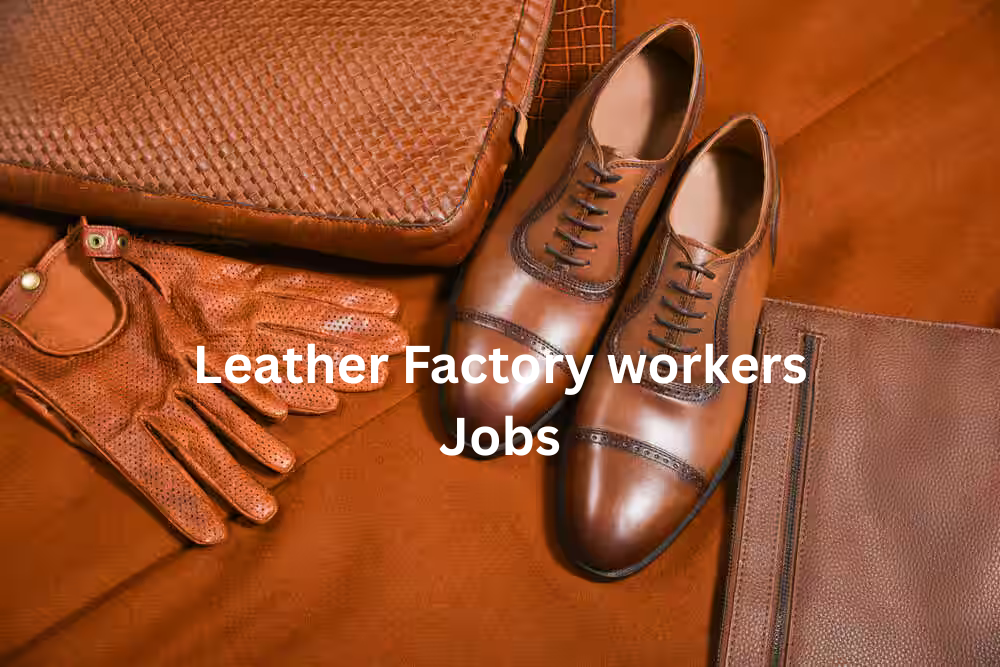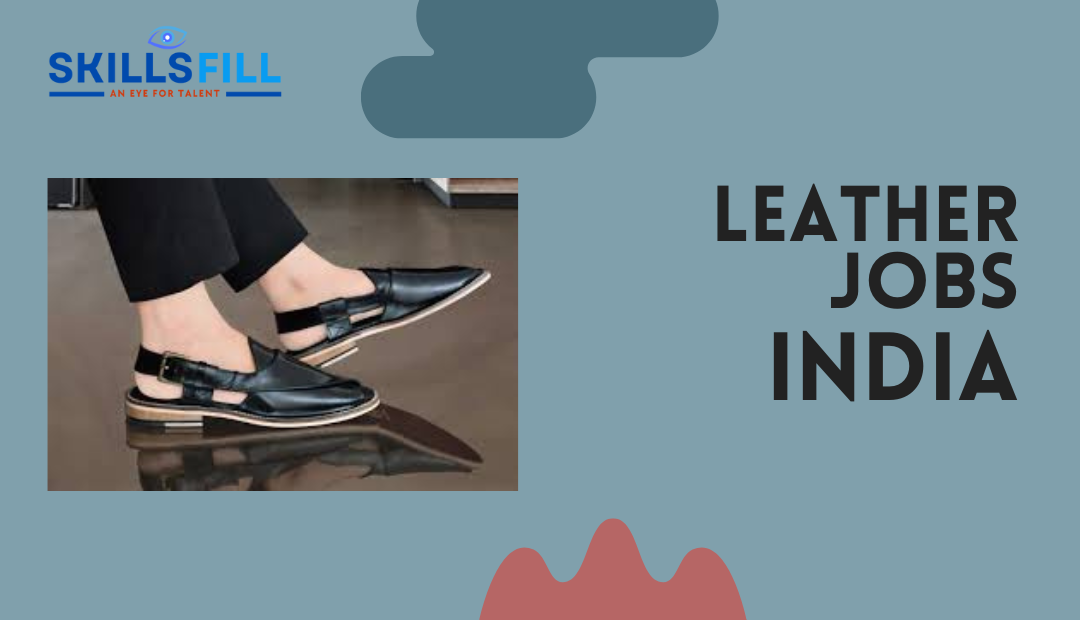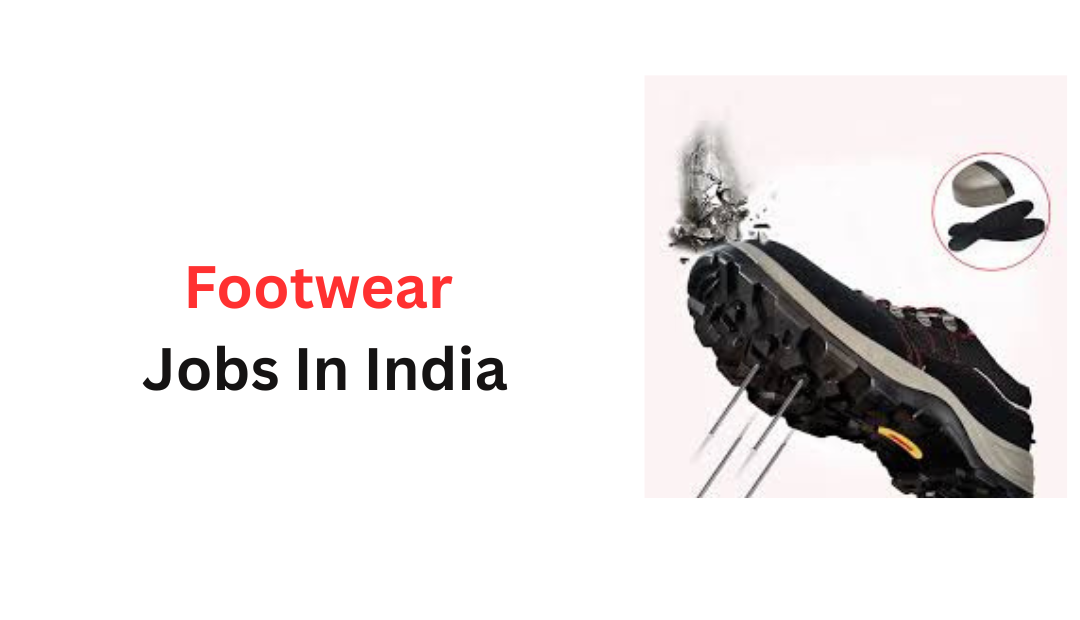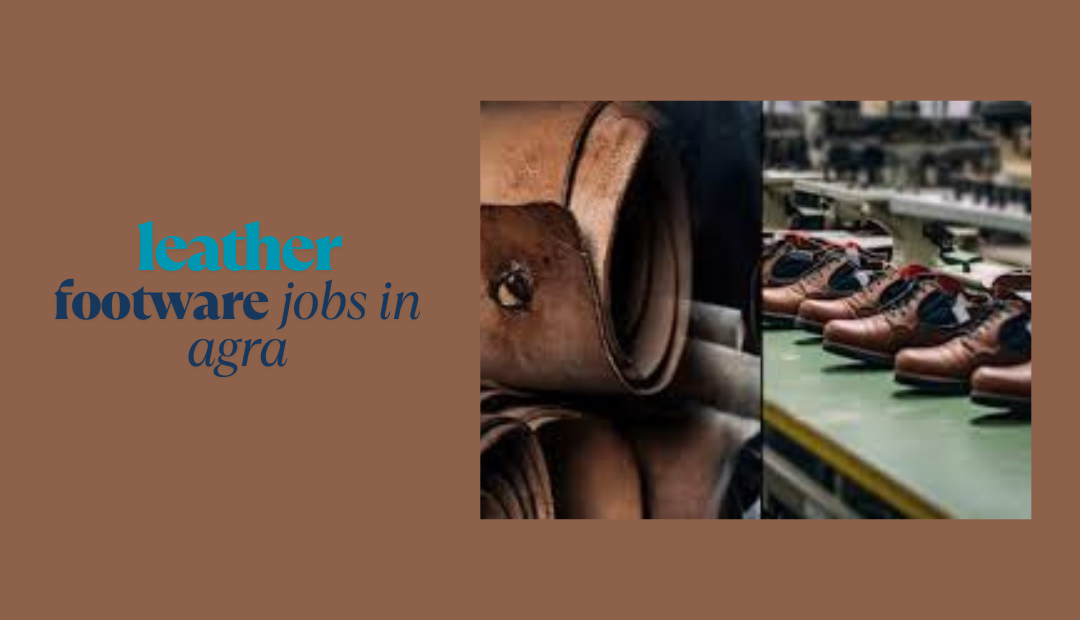Leather factory workers jobs play a vital role in the production of high-quality leather goods used around the world. From shoes and bags to belts and furniture, every leather product begins with the hard work of skilled workers inside a leather factory. These jobs are not just about machines they are about people, skill, and a deep understanding of materials.
If you’re curious about what it’s like to work in a leather factory or thinking about pursuing a job in this field, this guide will walk you through everything you need to know.
What Are Leather Factory Jobs?
Leather factory jobs are roles based in factories where leather is processed, cut, stitched, and turned into usable products. These jobs can vary depending on the size of the factory and the products they produce. Some workers handle raw hides, while others focus on finishing details like stitching or polishing.
Common job titles in a leather factory include:
- Leather cutter
- Sewing machine operator
- Tannery technician
- Quality control inspector
- Machine operator
- Finishing and polishing staff
- Packing and shipping staff
Each role has its own importance, and together, they form the foundation of the leather manufacturing process.
The Role of a Leather Cutter
One of the most important leather factory jobs is the leather cutter. This worker is responsible for selecting the best parts of the hide and cutting it into patterns used for bags, wallets, shoes, or other products.
Precision is key in this job. A skilled leather cutter knows how to avoid weak areas in the leather, maximize material use, and cut accurately based on the design. This helps reduce waste and ensures that the final product is strong and long-lasting.
Sewing Machine Operators in Leather Factories
After leather is cut, it’s passed on to sewing machine operators. Working with leather requires special machines and strong needles. These workers stitch different leather parts together, following patterns and ensuring strong seams.
Sewing leather takes patience and skill. One mistake can leave permanent holes or marks on the leather. That’s why experienced operators are highly valued in leather factories.
Working in the Tannery
Tanneries are the sections of a leather factory where raw animal hides are treated and turned into usable leather. Tannery technicians and laborers manage this complex process, which includes soaking, tanning, drying, and dyeing the hides.
This is one of the more physically demanding leather factory jobs. Workers here must follow safety procedures carefully, as chemicals and machines are part of daily tasks. At the same time, this job is essential because without tanned leather, there’s no material for other stages of production.
Quality Control: Checking Every Detail
Before any leather product leaves the factory, it passes through quality control inspectors. These workers check for stitching errors, color mismatches, weak spots in the leather, and other flaws.
This job requires a good eye and strong attention to detail. Quality inspectors make sure that every item meets the standards of the brand or company. If a product has even a small problem, it might be sent back for repair or rejected completely.
Other Supporting Jobs in a Leather Factory
Besides the direct production roles, leather factories also have workers in finishing, polishing, packing, and logistics. Finishing workers apply oils or waxes to make the leather shine. Packers prepare the final product for delivery, while logistics staff manage shipments and stock.
Together, these jobs help move a leather product from the factory floor to store shelves or customer homes.
Skills Required for Leather Factory Jobs
You don’t always need a university degree to work in a leather factory. Many people start with basic training or learn on the job. However, there are some skills that help workers succeed:
- Attention to detail: Leather can be costly. Careless mistakes can lead to expensive waste.
- Patience: Leather work is not a race. Taking time leads to better quality.
- Hand-eye coordination: Many jobs require steady hands and precision.
- Teamwork: Leather production is a team effort. Communication and cooperation are important.
- Physical fitness: Some tasks involve lifting, standing for long hours, or working with tools.
With time and experience, many workers move into supervisory or specialized roles. Some even go on to start their own leather workshops or small businesses.
Working Conditions in Leather Factories
Working in a leather factory can be rewarding, but it’s important to know what to expect. Factories are busy environments, often with noise from machines and the smell of leather or dyes in the air.
Depending on the section, workers may need to wear protective gloves, masks, or aprons. Factories that focus on handmade or luxury products often have quieter, more focused environments, especially where handcrafting is done.
Most leather factories operate in shifts, and depending on the country, workers may have access to training, safety measures, and fair wages. It’s always a good idea to research the company before applying to make sure it values worker safety and rights.
Opportunities and Growth
There is growing interest in high-quality leather goods, especially in the fashion and accessories industry. This means that leather factory jobs continue to offer stable work and new opportunities.
In some countries, leather production is a key part of the economy. Governments and companies offer training programs for young workers to learn leather skills and find employment in this field.
For those interested in fashion, product design, or craftsmanship, working in a leather factory can also be a first step into a long and successful career.
Why Leather Factory Jobs Matter
These jobs aren’t just about producing goods. They are about keeping traditional skills alive, creating durable products, and supporting entire industries.
The people who work in leather factories are the reason why millions of people can enjoy quality leather shoes, bags, belts, jackets, and furniture. Their work brings together strength, skill, and pride.
Conclusion: A Strong Industry Built by Strong Hands
Leather factory jobs offer meaningful work in a field that values both skill and tradition. Whether you’re interested in cutting, stitching, tanning, or quality control, there is a place for you in this industry.
As demand for handmade and sustainable goods grows, so does the importance of the people behind them. Leather factories don’t just build products they build careers, communities, and a connection between craft and consumer.
If you’re ready to work with your hands, learn a skill that lasts, and be part of a proud tradition, consider a job in the leather industry.
Would you like this tailored for a specific country or company? I can also add job descriptions or titles if needed.









